Simplifying Ad Management with the AdRotate Plugin
Handling advertisements on a website can be daunting, especially for newbies. In this article, we explore how the AdRotate plugin simplifies ad management. We’ll guide you through setting it up, building ad campaigns, optimizing performance, and addressing common problems to maximize your website’s revenue potential.
What is AdRotate?
AdRotate is a robust WordPress plugin designed to handle and optimize ads on your site. From banner ads to affiliate links or custom-made ads, AdRotate offers tools to categorize, monitor, and display ads effortlessly. Whether you’re new or experienced, AdRotate makes ad management a manageable and efficient process.
Why Choose AdRotate?
AdRotate provides a broad array of features that make it an excellent choice for website owners looking to integrate ads professionally. Here’s why AdRotate stands out:
- Ease of Use: AdRotate has an intuitive interface making ad management simple, even for beginners.
- Automation: Automatically handles ad rotations and placements, saving time while ensuring optimal display.
- Tracking Features: Built-in analytics help you track key metrics like impressions and click-through rates to improve ad performance.
- Compatibility: Works seamlessly with most WordPress themes and plugins, requiring minimal customization.
- Customization: Flexible placement options and detailed settings allow you to tailor your ad strategy to fit your site’s design and goals.
Setting Up AdRotate
AdRotate simplifies managing your adverts effectively on your WordPress website. Follow these steps to get started:
1. Installing and Activating AdRotate
To start, install the AdRotate plugin directly from your WordPress dashboard:
- Navigate to Plugins > Add New.
- Type “AdRotate” in the search field.
- Click Install and activate the plugin.
2. Configuring Basic Settings
Before creating advertisements, set AdRotate’s fundamental parameters to align with your website objectives:
- General Settings: Decide on displaying ads for logged-in users, mobile users, or certain pages.
- Email Notifications: Configure reminders for ad expiration or performance alerts.
- Geotargeting (Pro Version): Target ads according to user location for enhanced relevance and interactivity.
Creating and Managing Ad Campaigns
Organizing your ad campaigns effectively maximizes their impact and ensures smooth management. Here’s how to get started:
1. Adding Ads
AdRotate lets you create ads in a few simple steps:
- Navigate to AdRotate > Adverts.
- Click on the Add New button.
- Fill in necessary information like ad titles, banner images, or HTML codes.
- Specify a schedule, including start and end dates for the ad’s display.
2. Grouping Ads for Better Management
AdRotate allows you to group ads, simplifying management for websites with multiple banners:
- Group ads by page (Homepage, Blog posts, etc.).
- Customize rotations to display specific ads in different sections.
3. Scheduling and Expiration
Scheduling is a standout feature of AdRotate. Control when and where ads appear on your site, optimizing seasonal or time-sensitive campaigns. Expired ads automatically stop displaying, preventing broken links or irrelevant promotions from cluttering your site.
Optimizing Ad Performance
A significant strength of AdRotate lies in its optimization tools. Use these features to extract the best value from your campaigns.
1. Tracking Ad Performance

AdRotate’s built-in analytics track metrics such as:
- Impressions: The number of people who view the ad.
- Click-through Rates (CTR): Measures user interaction with ad banners.
These insights help identify the best-performing ads and allow effective tweaks to underperforming ones.
2. Experimenting with Placements
Ad placement is crucial for boosting revenue without compromising user experience. Test these strategies:
- Place ads above the fold for visibility.
- Integrate banners within content for seamless engagement.
- Avoid intrusive locations that frustrate users.
Continuously experimenting with placements helps find the optimal balance for your site.
3. Rotations for Dynamic Content
One of AdRotate’s valuable features is automatic ad rotation. Rather than showing the same ad repeatedly, it cycles through multiple ads, keeping the site’s content fresh for returning visitors. This feature maximizes each ad slot’s utility.
Best Practices for Using AdRotate
Adopting best practices when using AdRotate ensures optimal performance and user experience. Here are key strategies for effective ad management and seamless integration into your website.
1. Monitor Ad Performance Regularly
Tracking ad performance is essential to understanding their effectiveness. Use AdRotate’s built-in analytics tools to measure impressions, clicks, and engagement. Regular monitoring allows you to replace underperforming ads with more suitable content, ensuring continuous optimization for maximum reach and profitability.
2. Optimize Ad Placement
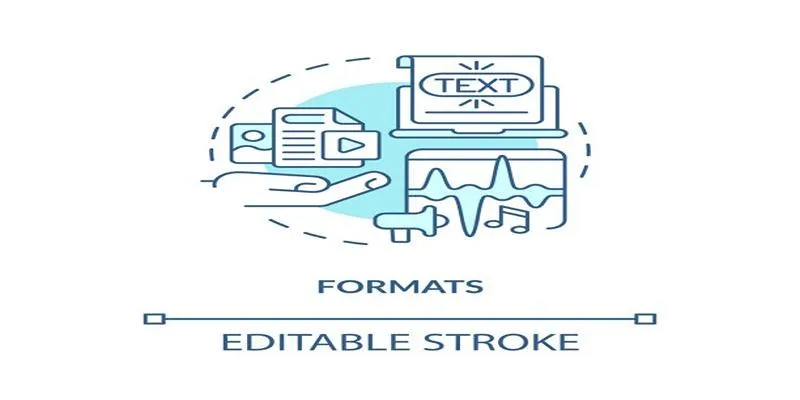
Strategic ad placement is critical to balancing user experience and revenue generation. Place ads in locations that attract attention without interrupting navigation. Effective choices include headers, sidebars, and in-content slots. Testing variations in placement will reveal what works best for your audience, allowing you to fine-tune your site’s design to accommodate high-performing ad zones without disrupting interaction.
3. Experiment with Ad Formats
Diversifying ad formats can engage users by providing a dynamic and interactive experience. Use banners, pop-ups, or video ads depending on your site’s content and audience preferences. Rotating through various formats caters to user preferences while increasing return on investment. A well-rounded mix helps maintain interest and minimizes ad fatigue, ensuring longevity in engagement.
4. Update Content and Ads Frequently
Refreshing both ads and associated content keeps your site relevant and engaging. Visitors are more likely to return if they encounter updated and compelling ads along with fresh site material. Develop a schedule to periodically update campaigns, align promotions with events or trends, and ensure compatibility with seasonal changes. This continuous effort builds trust and encourages recurring traffic on your website.
Troubleshooting and Support
Even the best tools encounter occasional challenges. AdRotate provides resources to resolve any issues efficiently.
1. Common Issues with AdRotate
Here are some common issues users might face while using AdRotate and how to address them effectively:
- Ad Overlap: Incorrect settings can cause ads to appear on top of each other. Check your placements to avoid this.
- Expired Ads: If expired ads still display, refresh the cache and update ad schedules.
- Tracking Not Working: Incorrect setup can result in data collection issues. Double-check permissions and settings.
2. Accessing Support
AdRotate offers extensive documentation, community forums, and developer support. Use these resources to troubleshoot problems or discover advanced functionality in the plugin.
Conclusion
AdRotate is a powerful, flexible tool to streamline your ad management process. Its user-friendly interface, tracking capabilities, and automation save valuable time while maximizing potential revenue. By following the strategies outlined here, you can use AdRotate effectively, ensuring it becomes a pivotal asset for your website’s success. Experiment with placements, optimize campaigns, and watch your site’s profitability grow.
Related Articles

Best Ad Blockers for a Cleaner, Faster Web Experience

PowerPoint Image Compression: Reduce File Size Without Sacrificing Clarity

4 Inventory Management Mobile Apps Users Love: Revolutionize Your Stock Control

How to Bulk Resize Large Images in WordPress Without Losing Quality
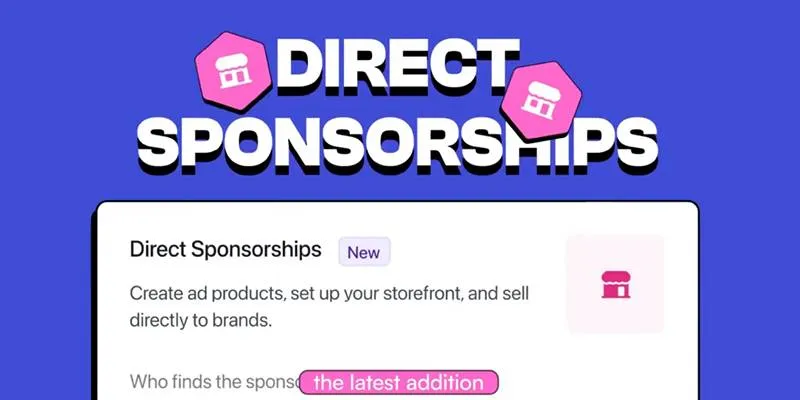
beehiiv Introduces Direct Sponsorships for Ad Sales and Revenue

Asana vs. Basecamp: Find the Best Fit for Your Projects in 2025

Discover the 6 Best Employee Management Software and Apps for 2025

The 9 Best Gantt Chart Software Tools to Streamline Your Projects

The 4 Best AI Website Builders for Effortless Website Creation

Discover the 6 Best Employee Management Software and Apps for 2025
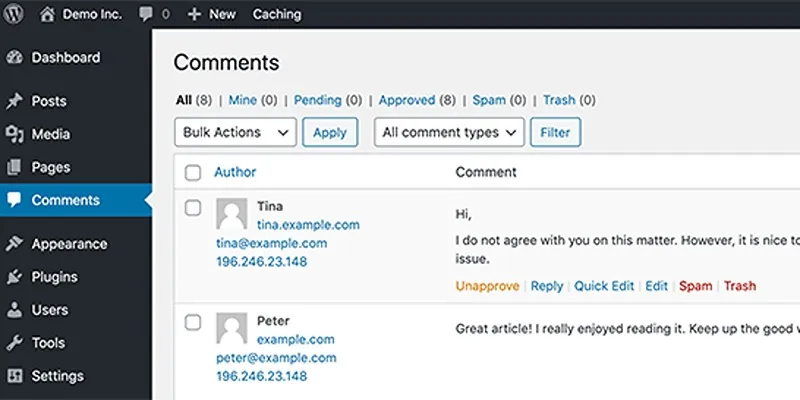
10 Effective Tips to Prevent Imposter Comments in WordPress

Top 10 Software for Easy Warehouse Management and Inventory Control
Popular Articles
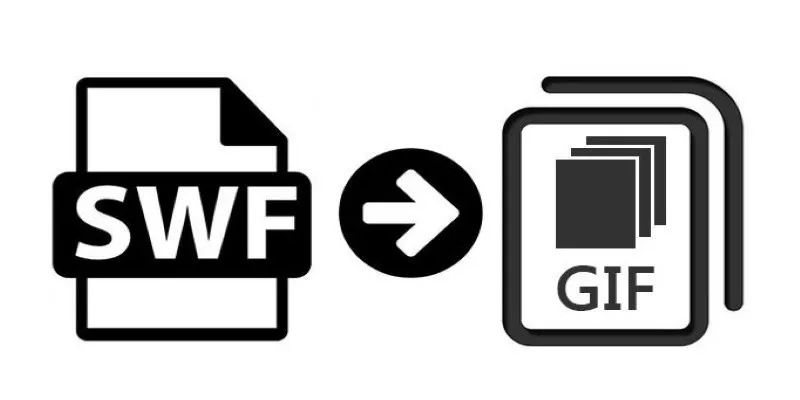
How to Convert SWF Files to Animated GIF

Top 10 QuickTime Player Alternatives for Smooth Media Playback

Step-by-Step Guide: How to Join the Beta for the USPS ‘Informed Delivery’ App

Secure Your WordPress Site Against Password Sharing

How to Detect AI-Generated Text and Photos in a World of Digital Deception

Top 8 Video Converters for Mac and Windows in 2025

How to Make a Smooth 3D Effect for TikTok: Step-by-Step Guide

Where Do OBS Recordings Go? How to Find and Manage OBS Recordings

Top 10 VR Movies That Will Take You to Another Dimension

Top Marketing Newsletters You Need to Subscribe to Today

8 Business Card Scanner Apps You Need to Try in 2025
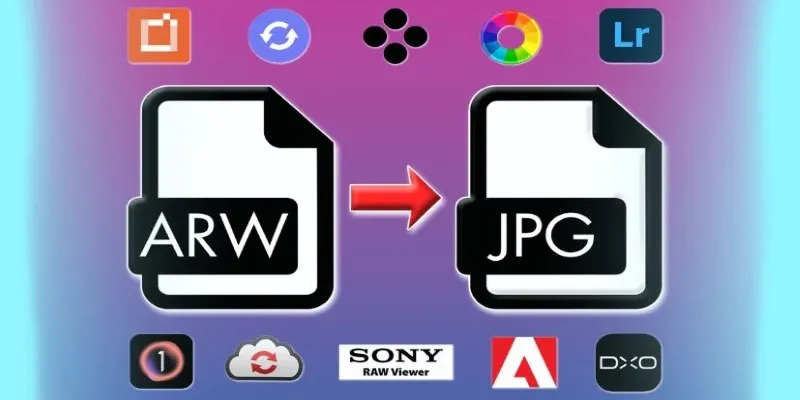
 mww2
mww2